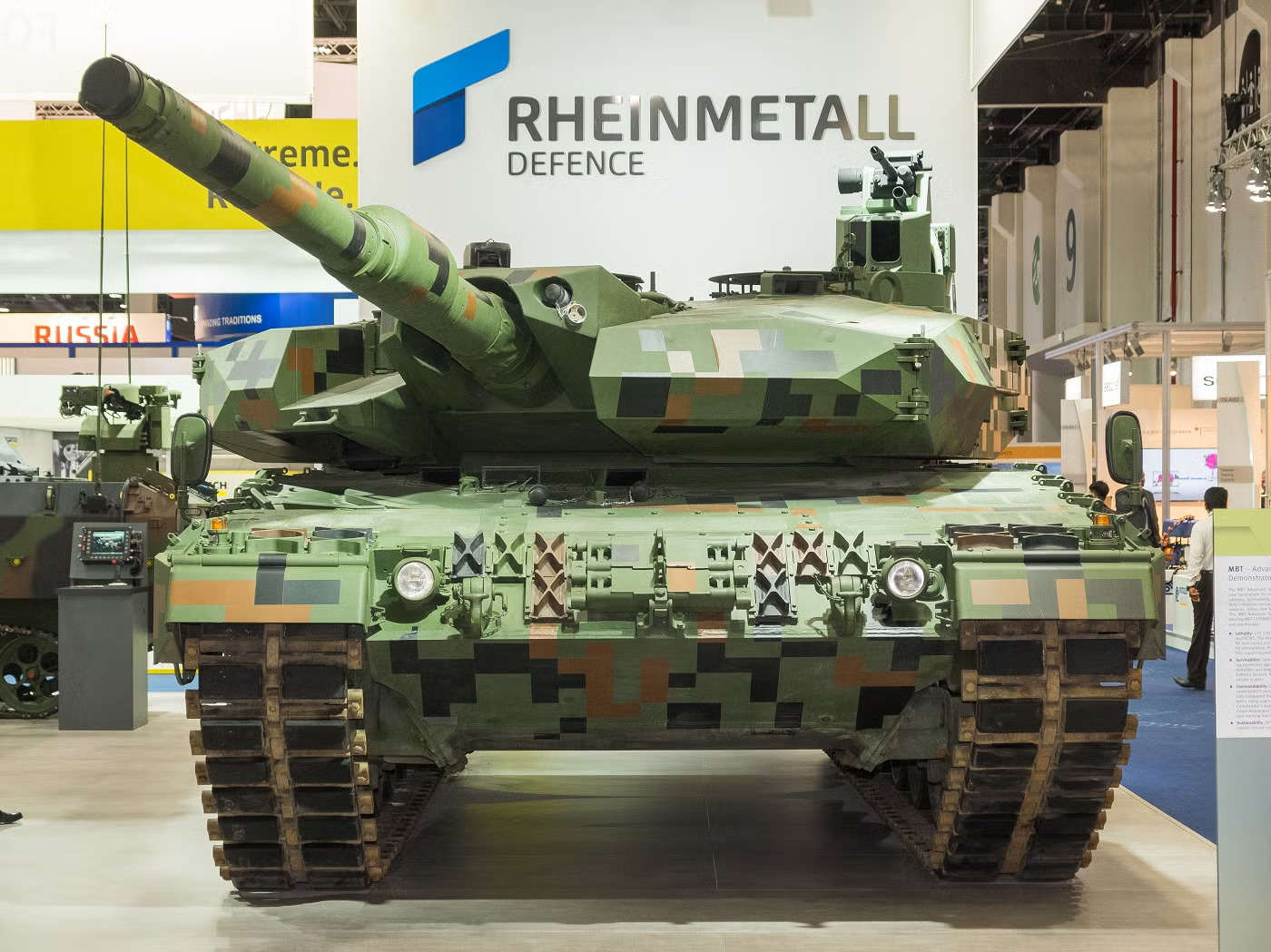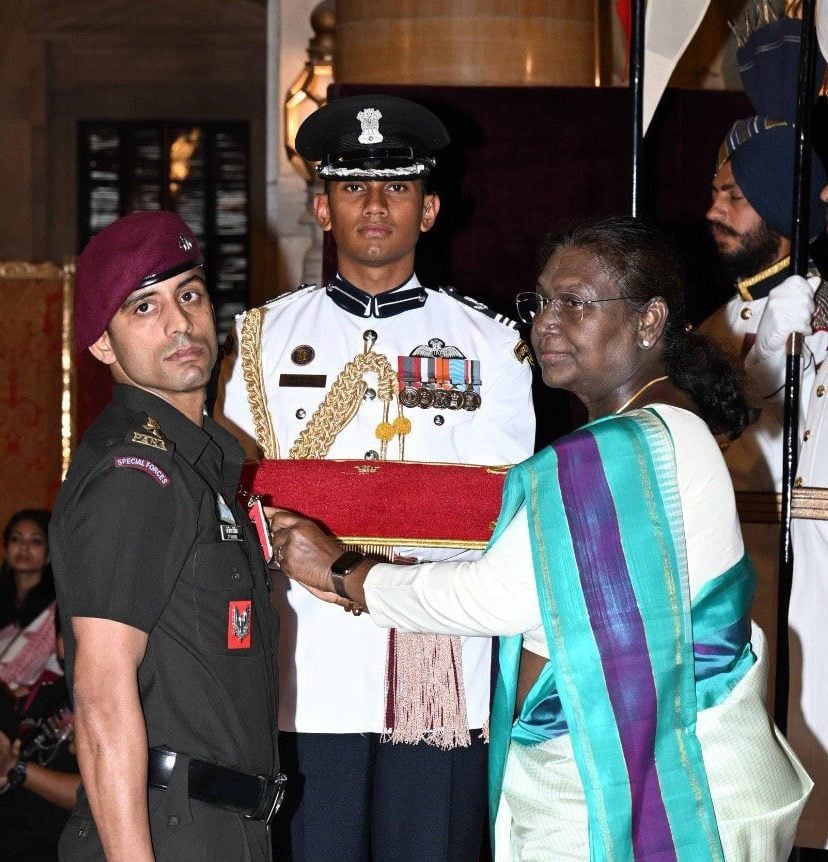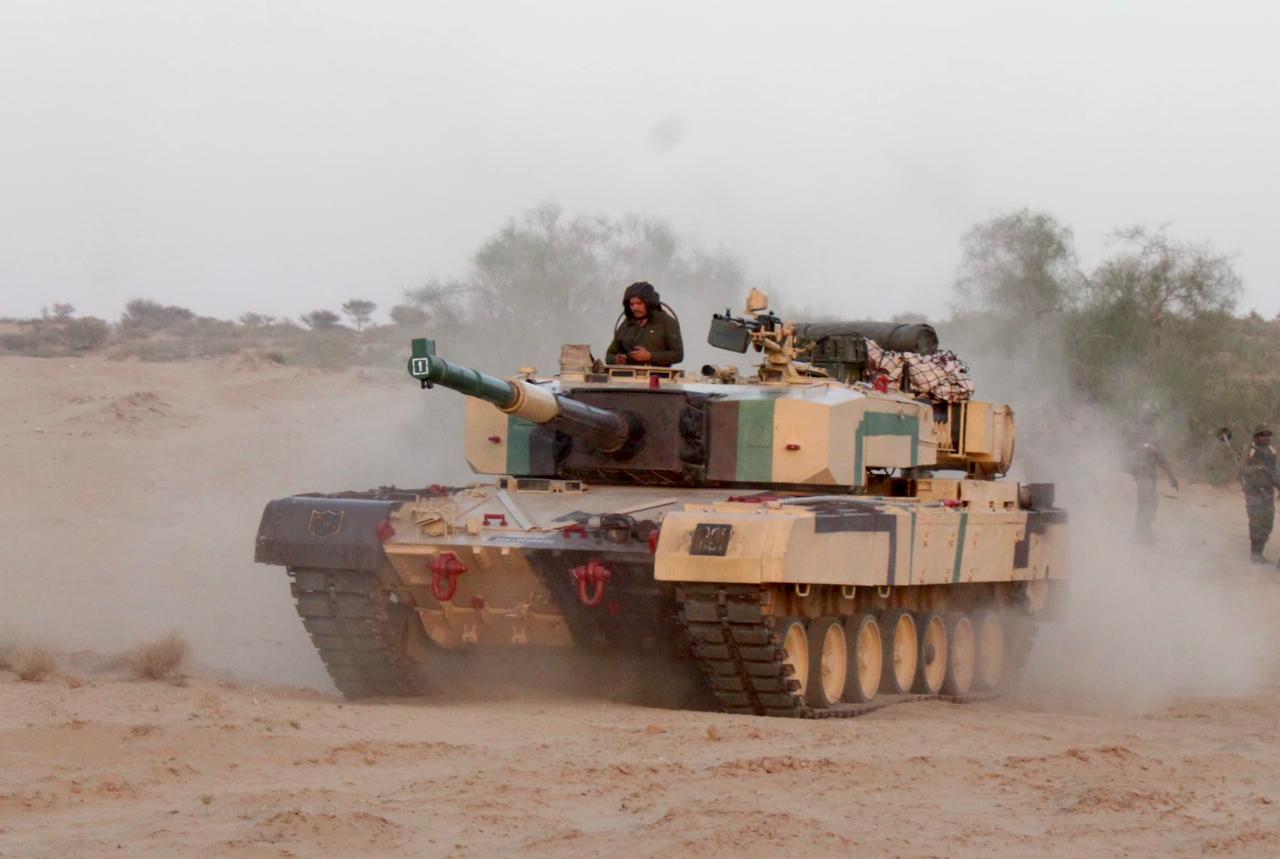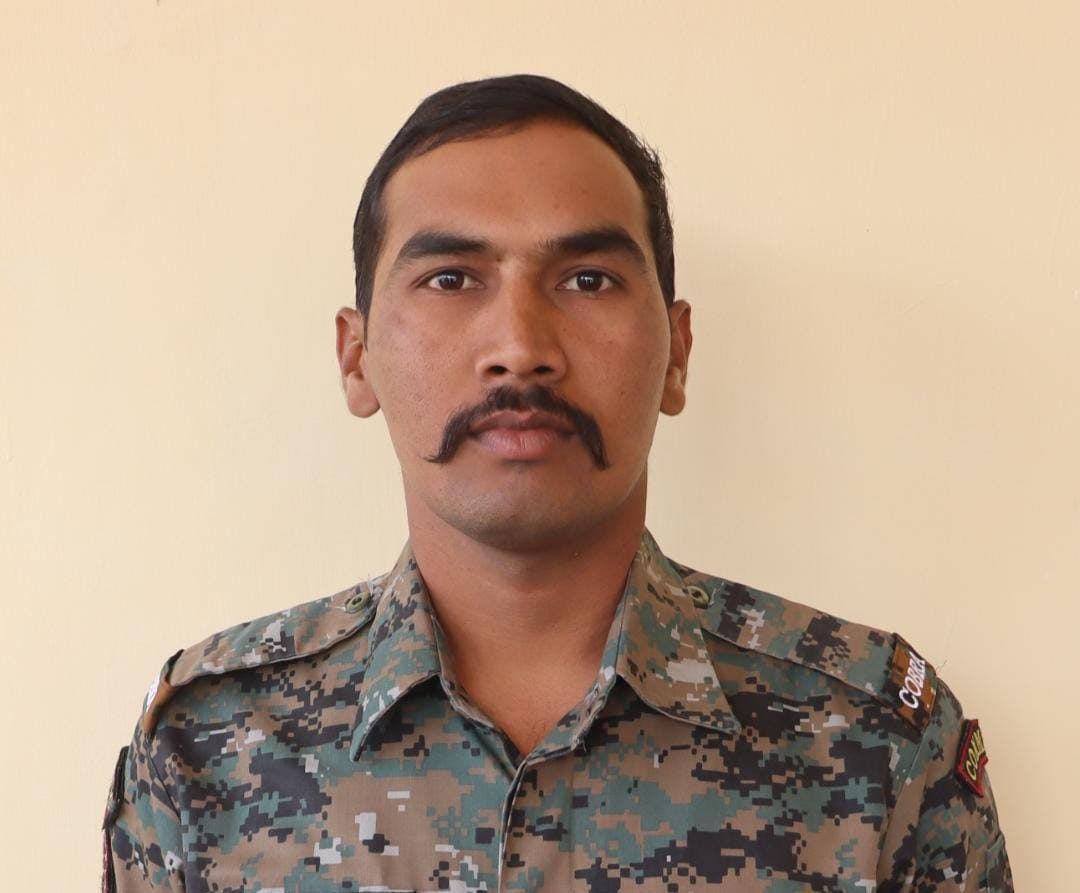Reliance Defence and Rheinmetall Forge Strategic Ammunition Partnership Amid Regulatory and Geopolitical Crosswinds
In a major stride for India’s defense manufacturing ambitions, Reliance Defence Ltd, a subsidiary of Reliance Infrastructure, has announced a…
President Murmu Awards 6 Kirti Chakras and 33 Shaurya Chakras at Defence Investiture Ceremony 2025
President Droupadi Murmu conferred six Kirti Chakras, including four posthumously, and 33 Shaurya Chakras, including seven posthumously, during the Defence…
Indian Army’s Battle Axe Division Conducts Joint Training Exercise in Rajasthan Deserts
The Battle Axe Division of the Indian Army, under the aegis of the Konark Corps, successfully completed a rigorous joint…
CoBRA Battalion’s Solanki Mehul Bhai Nandalal Killed in Action During Encounter in Usur Forest
In a tragic yet heroic incident, a Central Reserve Police Force (CRPF) jawan made the ultimate sacrifice during an intense…
Lieutenant Shashank Tiwari Dies Saving a Soldier in North Sikkim Rescue Mission
The Indian Army's Eastern Command solemnly announced the passing of Lieutenant Shashank Tiwari, who lost his life in a heroic…
CDS General Anil Chauhan Visits Western Air Command
General Anil Chauhan, Chief of Defence Staff (CDS) of the Indian Armed Forces, visited the Headquarters of the Western Air…






